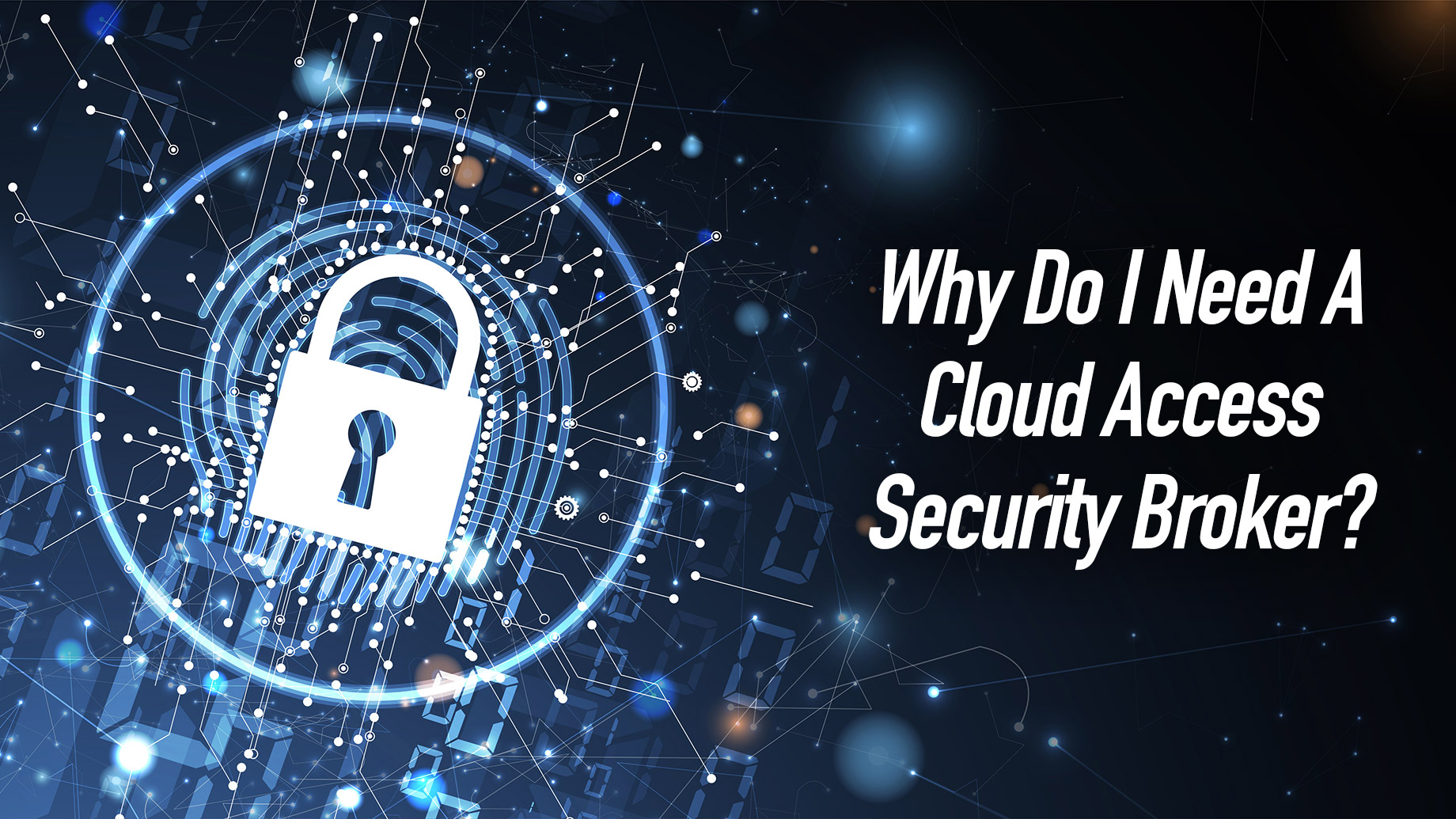
Cloud access security broker is software that handles the process of analyzing network traffic for malicious behavior. It analyzes the traffic from different locations and blocks out any suspicious activity. The cloud access security broker software can be used by organizations to protect their assets from cyber attacks. The more data they have in the cloud, the more vulnerable they are to a potential attack.
Many organizations employ this type of technology to prevent and mitigate data breaches and cyber attacks against their networks. There are also many cloud access security brokers available on the market today, which can be easily downloaded onto an organization’s computers or mobile devices.
Cloud access security brokers offer an effective way for companies to monitor their digital activity while maintaining compliance with industry regulations and policies.
Why do I need a cloud access security broker?
The main advantages of CASBs are they will help you to simplify the management of your cloud by having them scan for potential threats, implement protection and remedy any detected problems before they become serious.
DDoS attacks, malware, phishing, credential theft are all potential threats to cloud environments. Cloud access security brokers offer strong protection against these possible threats.
The challenges of managing data center networks have increased in recent years with the increasing demand for computing power and storage capacity. A CASB offers the necessary flexibility to deliver the right amount of compute and storage resources while maintaining network integrity.
What are the four pillars of a cloud access security broker?
The four pillars of cloud access security broker are Visibility, Compliance, Data Security, and Threat Protection.
Visibility
A cloud access security broker is an essential part of managing the workloads in a private or public cloud environment.
Cloud access security brokers are used to get a bird’s-eye view of the workloads in a private or public cloud environment. It provides a central point for managing and securing all the workloads in the ecosystem.
The first pillar, Visibility, helps organizations see what their IT infrastructure is doing at any given point in time.
With this information, they can choose to prioritize different workloads for better management and performance capabilities.
Compliance
The second pillar, Compliance, helps organizations stay compliant with regulations such as HIPAA and GDPR which are becoming more frequent as more companies open up their services to consumers worldwide.
Data Security
Third is data security, which protects against unauthorized access to sensitive data in the cloud by using encryption or other methods of protecting it from unauthorized users.
Threat Protection
The main reason why companies use cloud access security is to provide a centralized management system for all the company’s data. This improves the protection of important data from hackers and other threats.
Cloud access security also provides a significant increase in efficiency compared to traditional methods of securing a company’s information.
Conclusion
A cloud access security broker (CASB) is software that runs a cloud platform. It provides a secure and reliable way to implement and manage security services in an enterprise.
The technology has made it easy for companies to use security in the cloud, while still maintaining control over their own data.
Benefits of Cloud Access Security Broker
- Increase compliance with regulations: Cloud access securities brokers can create automated policies and enforce them at scale, thus ensuring compliance with regulations like PCI DSS, HIPAA/HITECH, and GDPR.
- They reduce costs and increase efficiency: CASBs allow enterprises to not only implement more effective security measures but also automate security tasks, which leads to increased efficiency as well as lower costs.
Cloud access security brokers reduce the risk of data breaches because it creates the right levels of trust among all three parties: users through strong authentication; infrastructure providers through encryption; and software or hardware vendors through auditing rules.